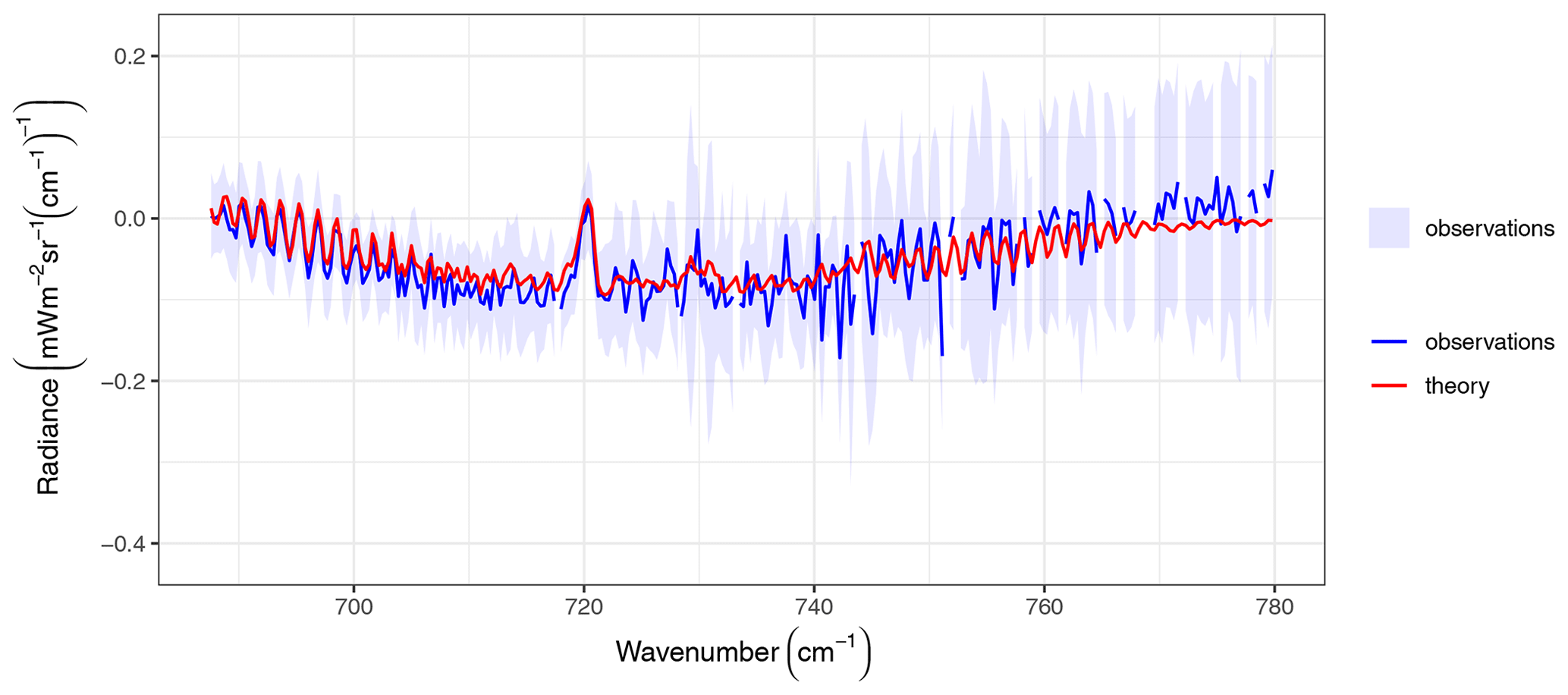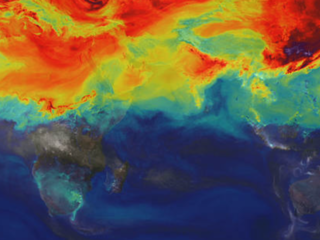News | April 3, 2009
The Turbulent Nature of Air - Simulating Global Temperature and Water Vapor at Small Scales
While working on a way to improve the simulation of clouds in climate models, Brian Kahn and Joao Teixeira of NASA's Jet Propulsion Laboratory reveal Earth's atmosphere to be much more dynamic than was previously thought. Their results are fundamental in the effort to improve the representation of turbulence and clouds in weather and climate prediction models.
Climate models are computer programs that simulate the complex processes that occur in Earth's atmosphere, and scientists use these models to predict what our climate will look like in the future. But one of the largest weaknesses of climate models has to do with the way they simulate clouds. Since clouds play a key role in climate, how much can we trust what the models are telling us?
Step in Brian Kahn and Joao Teixeira, atmospheric scientists at NASA's Jet Propulsion Laboratory in Pasadena, California. Because temperature and water vapor are key players in cloud formation, the pair recognized that improving cloud simulations must first involve refining how these two quantities are represented in climate models. This would involve studying global measurements of temperature and water vapor and then determining how they change--but at scales smaller than models use now.
Most knowledge about the variability of atmospheric temperature and water vapor has been based on theory plus small amounts of real data gathered by specialized instruments flown on aircraft. But theory is not actual data, and the limitations of aircraft measurements are obvious--you can only get data from the path carved out by a single plane flight at a single time. So Kahn and Teixeira knew their approach had to involve satellite data, and preferably satellite data that could cover the globe every day.
Using data from a weather and climate instrument called the Atmospheric Infrared Sounder (AIRS) which flies aboard a NASA satellite called Aqua, Kahn and Teixeira calculated how temperature and water vapor vary, over small, medium, and long distances. In doing so, the pair were able to show for the first time that it was possible to produce global, small-scale descriptions of temperature and water vapor based on satellite observations. This was accomplished by calculating the variability of temperature and water vapor across a spectrum of horizontal spatial scales.
But that's not all. In the process of determining the behavior of temperature and water vapor at small scales, another interesting result emerged. The atmosphere is actually much more turbulent than was previously thought. Kahn and Teixeira had expected to find that the amount of turbulence in the atmosphere would increase in a simple and straightforward manner from relatively small scales to relatively large ones. But their results showed that although that is often the case, nature is much richer. The manner in which turbulence increases with scale depends on a variety of factors, including the size and dynamics of clouds.
From Kahn and Teixeira's work, essential aspects of the turbulent structure of atmospheric temperature and water vapor have been observed and quantified for the first time from a global perspective.
Written by Sharon Ray
AIRS Outreach Lead, Jet Propulsion Laboratory
This article is based on the paper:
by Brian Kahn and Joao Teixeira
Citation:
Kahn, B. H., and J. Teixeira (2009), A global climatology of temperature and water vapor variance scaling from the Atmospheric Infrared Sounder, J. Climate, 22, 5558-5576, doi: 10.1175/2009JCLI2934.1.
Biographies
[[IMAGE||/system/internal_resources/details/original/81_people-975.jpg||Left||62||people-975||||||89||http://science.jpl.nasa.gov/people/BKahn/]]Brian Kahn
Atmospheric Scientist
JPL
[[IMAGE||/system/internal_resources/details/original/82_people-1447.jpg||Left||62||people-1447||||||92||http://science.jpl.nasa.gov/people/Teixeira/]]Joao Teixeira
Research Scientist,
Atmosphere and Climate JPL
Key Points
-
Clouds play a key role in regulating Earth's climate
-
The IPCC stated that climate models do not simulate clouds well
-
The interplay of temperature and water vapor are key factors in cloud formation
-
For the first time, researchers have described multi-scale temperature and water vapor variability over the entire globe from satellite observations
-
Researchers found the temperature and water vapor variability is much more diverse at small scales than was previously assumed
Atmospheric scientist Brian Kahn talks about his research, and why we need to know more about clouds








